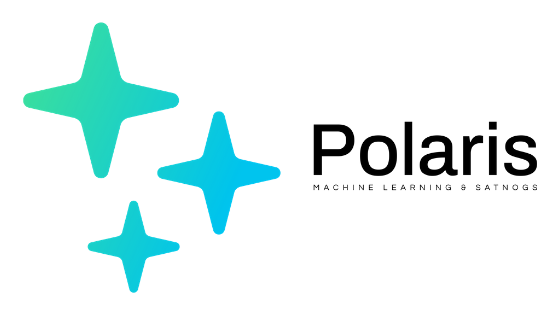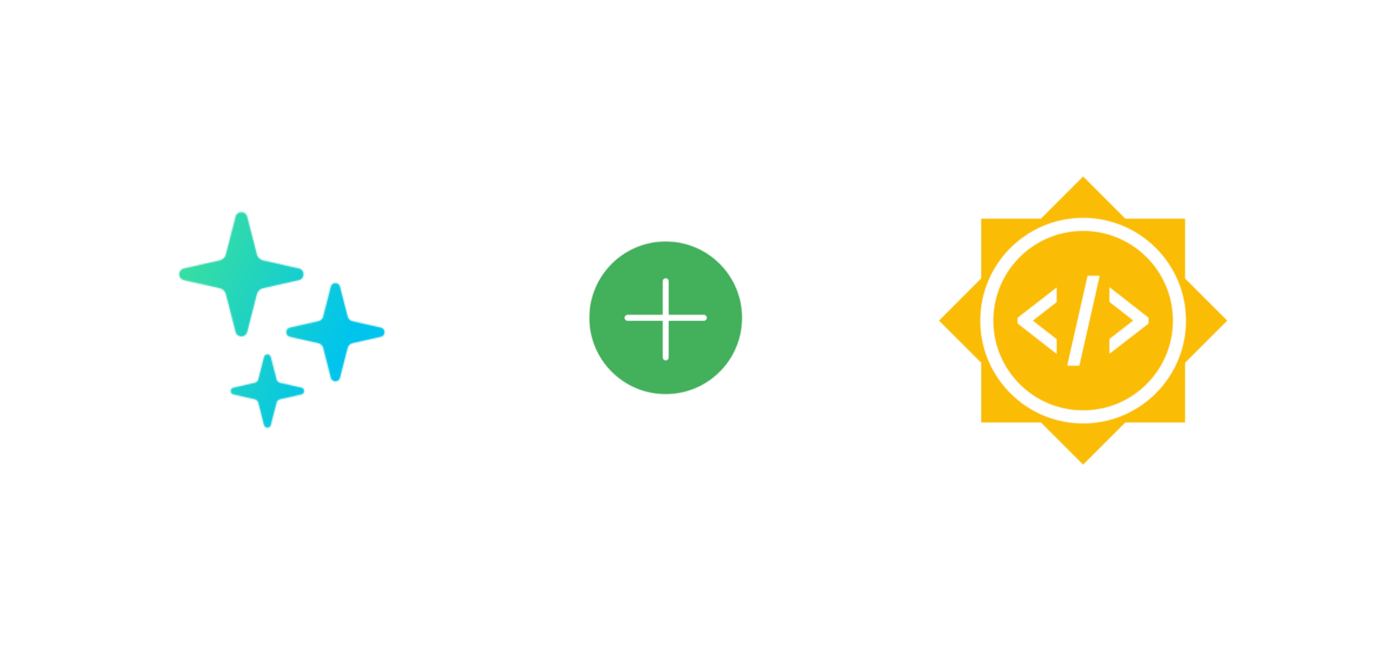In the past two weeks, we focused on the projects that Libre Space Foundation has been mentoring in this year’s GSoC programme. Thus, we have already presented the project about Improving the transmission capabilities of gr-satnogs by Michalis Raptakis and Expanding events detection in Poliastro by Yash Gondhalekar. Today, we will focus on Rich Analysis Reports for Polaris by Ayush Bansal.
Polaris ML: An Introduction
Polaris ML is an open-source, python-based, machine-learning tool aimed at helping satellite operators detect spacecraft behaviour. It is a solution developed to facilitate space diagnostics. This is achieved by helping spacecraft operators investigate anomalies. Polaris ML explores and analyses satellite telemetry data and delivers helpful graph visualisations. These visualisations are machine-learning models illustrating the dependencies of the telemetry parameters.
*The project is under active development, and the team will be implementing more changes in the future.
Polaris ML and GSoC
For Polaris, this is the third year that the project participates in the Google Summer of Code. This programme has benefitted Polaris ML massively, as it has brought the project in liaison with excellent students that have helped it evolve greatly. Talented, past participants of the GSoC programme are now integral members of the team developing Polaris ML. This year, the project has welcomed Ayush Bansal, an Electronics and Communications Engineer student at the Indian Institute of Technology, Roorkee in Rajasthan, India.
Rich Analysis Reports for Polaris
During his GSoC internship, Ayush has been working on developing two new module commands. These are polaris behave and polaris report.
- polaris behave. This module uses a pre-built autoencoder model from the BETSI library to detect anomalies in satellite telemetry data. The results found will be delivered in an easy-to-read, exploitable format.



- polaris report. The second module that Ayush has been working on aims to use the results from polaris behave and portray them in an interactive way in a web browser for the users to comprehend, interpret, and read more easily. The visual module will use the results of the anomaly detector and other raw data to produce a graph. A local, browser-based webserver will be created to serve interactive graphs. The graphs will be presenting the different anomalies, their points of occurrence in frames and the different parameters.
Check out this detailed demo and see for yourself the work that Ayush has created. You can also check this article to find out more details about the Web Reports.
As Ayush describes the GSoC experience with Polaris..” We planned stuff, fixed bugs. [D]id some sword fights over topics and Merge Requests and Issue Filing became [a] regular thing for me.
I learnt [the] importance of how to code properly, give proper names to different functions, explain the aims of the code more clearly and a lot more.”.
You can have a closer look at the Merge Requests that Ayush has worked on here.
What is next?
As Polaris ML is a project under active development, a series of interesting updates are coming up. In the next months, the team will be working on many improvements optimising the tool even further. As far as web reports are concerned, supporting multiple satellites by URL separation, improving the responsiveness of the reports themselves, using Graph Comparison to collect all the information responsible for an anomaly are some of the features that the team will be working on.
A PDF generator is to be developed, too. It will be customisable to the user’s needs as they will be able to choose which parameters will be included in the PDF. For instance, they will be able to customise the time period and the number of anomalies detected. Ayush will also be developing a feature that will allow the users to combine all the graphs in a bundle and deliver them in a zip file for further use of the results found. Lastly, a command-line option will be explored to be able to trigger the reports easily.

Want to join the community?
If Polaris ML sounds fascinating to you and you want to join the team, you can reach them at the dedicated Polaris matrix/element channel. You are welcome to sign up and contribute to the project and the discussions taking place there. The Polaris team is made up of talented individuals from around the world, and the community is open to everyone interested in space, machine learning, and open-source technology. As Ayush describes it in his article..”I didn’t know much about space telemetry and satellites, so I learned a lot from the community…
..Despite these people’s various engagements, they were responsive, which helped me get my doubts cleared as soon as possible.
It was a great summer working on this project….[this was] More than an Internship. “
*You can follow Ayush’s personal blog and read about his journey as a Web developer here.

